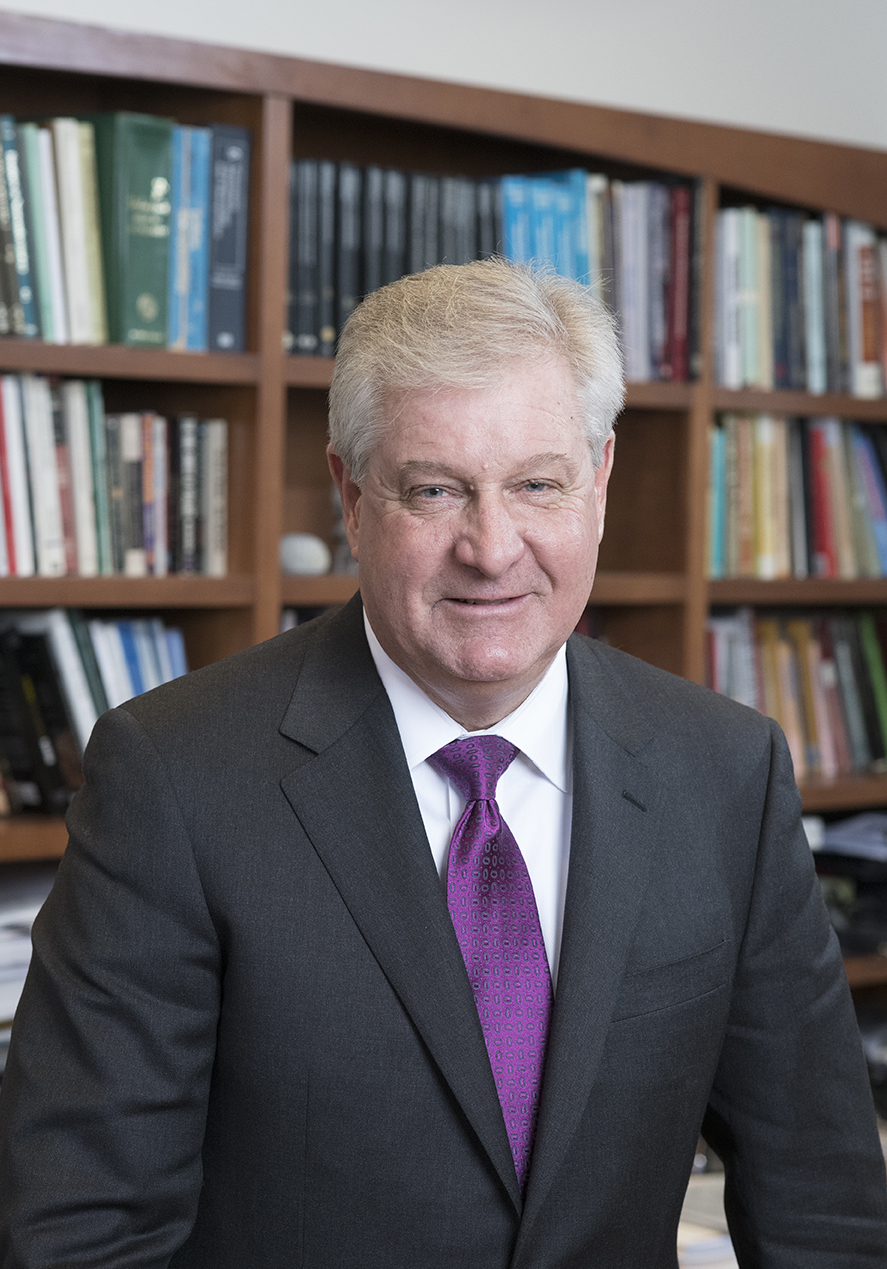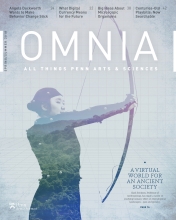To “teach the world” is generally not the first thing that comes to my mind when I think about my daily to-do list on campus. But I would argue that it is a useful way to describe what universities are all about, and at Penn Arts and Sciences, the idea of teaching the world resonates on multiple levels.
Teaching is, of course, inherent to our conception of the role of faculty, and our faculty consistently demonstrate their commitment to imparting knowledge and shaping Penn’s talented students. In the dean’s office, we work closely with faculty as they explore ways of keeping teaching relevant and effective. This includes creating new programs like our minors in digital humanities, and in survey research and data analytics—two options that introduce students to powerful new tools for understanding the world. Our faculty are also leading the way in exciting new approaches to classroom teaching, and they pursue comprehensive efforts to assess and understand the impact of their efforts on their students’ learning outcomes.
On another level, we teach the world by addressing global perspectives and cultures—in both historical and contemporary contexts. Penn Arts and Sciences is home to a wealth of resources that support greater global understanding. Over half of our departments reflect this orientation through the very definition of their discipline and often through the program’s name. This expertise, combined with an impressive breadth of options in language instruction and curriculum requirements that address cross-cultural perspectives, keeps the world close to the core of the teaching, learning, and research that goes on at Penn.
The commitment to teaching the world is also at work in the innovative efforts of many of our faculty engaging in classrooms online. These new modes of teaching break down campus walls and enable faculty to reach anyone who remains a student, at any point in their life. Al Filreis, of English, is one of many pioneers in this unconventional teaching space. His long-running modern poetry class, delivered through Coursera, continues to engage large numbers of enthusiastic students. Other faculty from a wide range of departments are contributing to new options that will allow many more people to achieve educational goals online.
But in a broader sense, all of what faculty do is intended to teach the world. Research efforts, in any discipline, are driven by the goal of shedding light on issues and solving problems. Daniel José Mindiola, of Chemistry, has been working on ways to turn harmful by-products of natural gas production into useful chemicals. In Classical Studies, Emily Wilson’s recently published translation of Homer’s Odyssey is opening a new window to the ancient world. In Criminology, Greg Ridgeway is applying statistical analysis to multiple facets of the problem of gun violence. These examples are just a hint of the many ways that research seeks to provide knowledge to make the world better.
Our faculty also recognize that research alone is not enough. A commitment to teach the world recently motivated Penn faculty to organize a five-day Teach-In, a series of public programs intended to address the gap in understanding about the “production, dissemination, and use of knowledge” and the role of the academy. These events, which will likely have just taken place by the time you read this message, involved faculty from across Penn and from departments as diverse as Biology to Philosophy.
By embracing the idea of teaching the world, engaging with communities in new ways, and sharing their knowledge directly with the public, faculty at Arts and Sciences are helping bridge the space between the academy and society, and between knowledge and action. The success of our faculty, of Penn, and of all universities in making these connections has critical implications as we seek to continue our efforts to make the world a better place.
Photo credit: Candace DiCarlo




